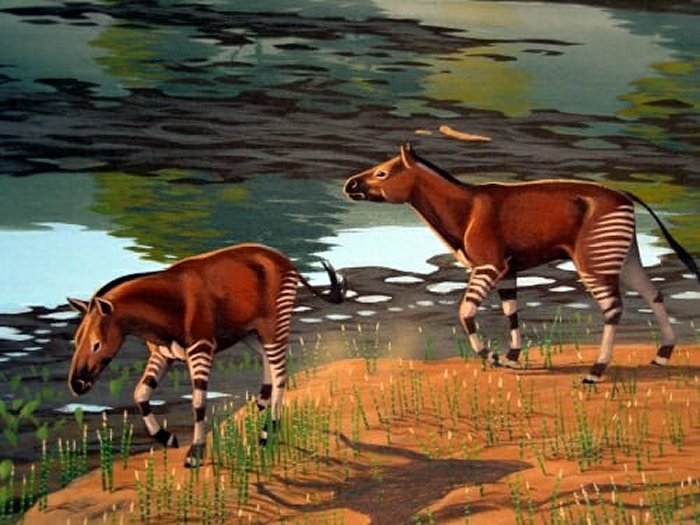MessageToEagle.com – Humans are reversing a long-term cooling trend tracing back at least 50 million years and this process has taken just two centuries, say researchers.
By 2030, Earth’s climate is expected to resemble that of the mid-Pliocene, going back more than 3 million years in geologic time. Without reductions in our greenhouse gas emissions, our climates by 2150 could compare to the warm and mostly ice-free Eocene, an epoch that characterized the globe 50 million years ago.

“If we think about the future in terms of the past, where we are going is uncharted territory for human society,” the study’s lead author, Kevin Burke, a graduate student in the lab of paleoecologist John “Jack” Williams, professor of geography at the University of Wisconsin–Madison said in a press release.
“We are moving toward very dramatic changes over an extremely rapid time frame, reversing a planetary cooling trend in a matter of centuries.”
All of the species on Earth today had an ancestor that survived the Eocene and the Pliocene, but whether humans and the flora and fauna we are familiar with can adapt to these rapid changes remains to be seen. The accelerated rate of change appears to be faster than anything life on the planet has experienced before.
“We can use the past as a yardstick to understand the future, which is so different from anything we have experienced in our lifetimes,” says Williams.
“People have a hard time projecting what the world will be like five or 10 years from now. This is a tool for predicting that — how we head down those paths, and using deep geologic analogs from Earth’s history to think about changes in time.”
During the Eocene, Earth’s continents were packed more closely together and global temperatures averaged 13 degrees Celsius warmer than they are today. Dinosaurs had recently gone extinct and the first mammals, like ancestral whales and horses, were spreading across the globe. The Arctic was occupied by swampy forests like those found today in the southern U.S.
In the Pliocene, North and South America joined tectonically, the climate was arid, land bridges allowed animals to spread across continents and the Himalayas formed. Temperatures were between 1.8 and 3.6 degrees Celsius warmer than they are today.
While not without their flaws, each of these models represents the best available data and state-of-the-art techniques.
The models showed these deep-geological climates emerging first from the center of continents and then expanding outward over time.
Temperatures rise, precipitation increases, ice caps melt and climates become temperate near the Earth’s poles.
“Based on observational data, we are tracking on the high end of the emissions scenarios, but it’s too soon to tell,” says Burke.
“The further we move from the Holocene, the greater the potential that we move out of safe operating space,” says Williams, a faculty affiliate with the UW–Madison Nelson Institute Center for Climatic Research. “In the roughly 20 to 25 years I have been working in the field, we have gone from expecting climate change to happen, to detecting the effects, and now, we are seeing that it’s causing harm. People are dying, property is being damaged, we’re seeing intensified fires and intensified storms that can be attributed to climate change. There is more energy in the climate system, leading to more intense events.”
On the one hand, Earth is headed into the unknown in our children’s and grandchildren’s lifetimes. On the other, life has long proven to be resilient. And, Williams says, in many places we are moving away from fossil fuels toward more sustainable and carbon-free energy sources.
But more needs to be done.
“We’ve seen big things happen in Earth’s history — new species evolved, life persists and species survive. But many species will be lost, and we live on this planet,” says Williams.
“These are things to be concerned about, so this work points us to how we can use our history and Earth’s history to understand changes today and how we can best adapt.”
MessageToEagle.com






